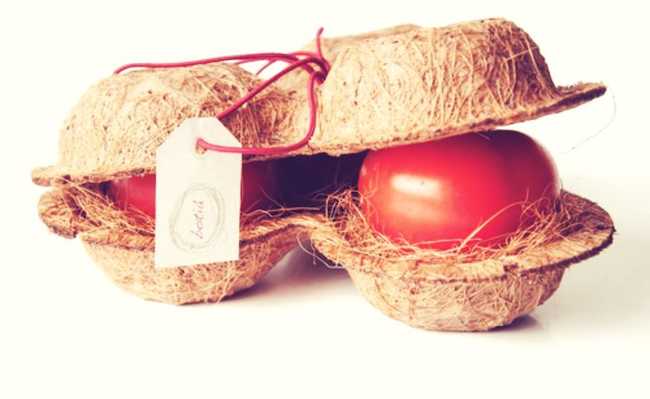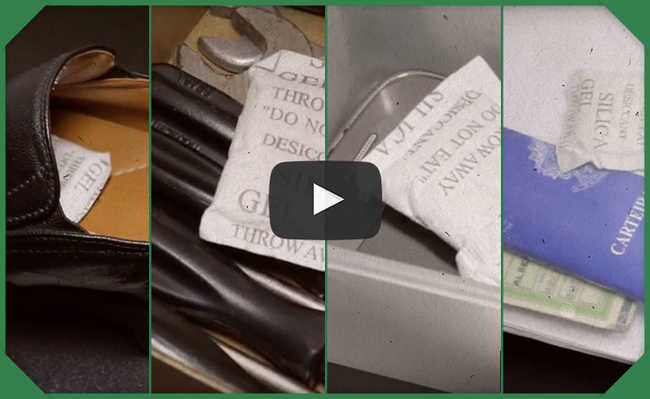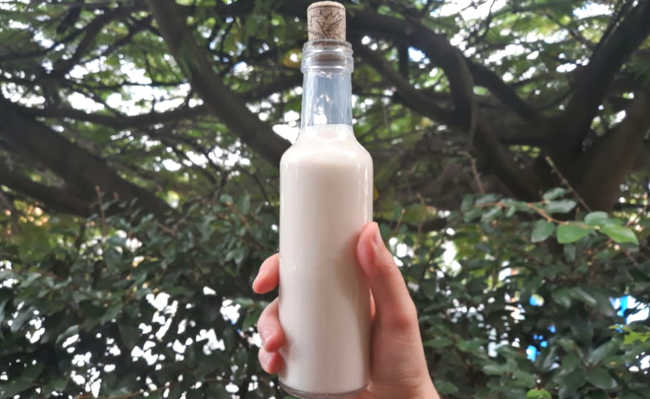Vegetated bridges can save animals' lives
Understand how the idea works already in use in some parts of the world

Living bridges are passages that cross major highways in order to provide a safe crossing for animals that live in nearby forests. On these roads, there are a lot of accidents between drivers and animals and, to mitigate these events, passages full of vegetation are built, increasing the safety of both.
In its composition, the bridges have layers of rock, soil, undergrowth and even medium trees. The size of the bridges varies according to the type of species that live on the site and make the crossing. In forest areas that have the presence of bears, lynx and other large mammals, structures are stronger and larger.
Living bridges are also known as eco-ducts, green bridges and wildlife viaducts, and can already be seen in many places around the world. In Banff National Park, Canada, for example, there are currently 41 crossing structures that help move local wildlife and prevent accidents on the busy Trans-Canada highway. Since its inauguration, around 11 different species of large mammals have passed through the bridges more than 200,000 times. The Netherlands also decided to implement green crossings on its roads and today it already has more than 600 passages for animals - which even contributes to the preservation of endangered species and prevents lethal accidents for humans and animals. Check out some more images:













